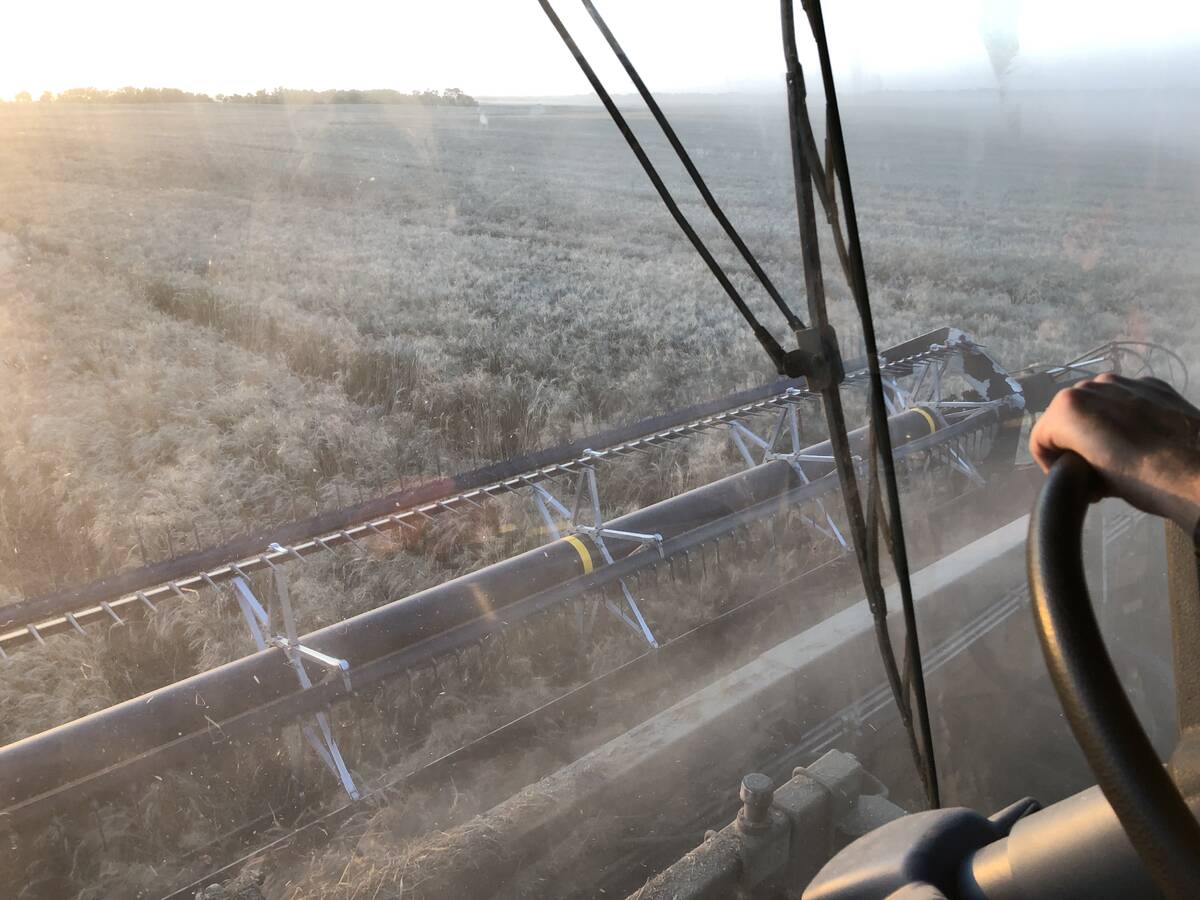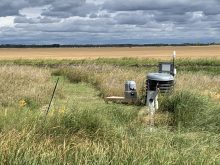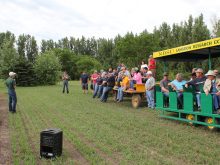The Canadian agriculture research sector has a productivity problem.
“There are two areas where we’re falling down,” Saskatchewan deputy agriculture minister Bill Greuel said during an agriculture research panel discussion held Tuesday in Saskatoon as part of the 2025 Crop Production Show.
“One is front-end basic research and science, and the other is downstream commercialization and collaboration between governments and industry to bring those inventions to market.”
Read Also

Mail strike disrupts grain sample delivery
The Canadian Grain Commission has asked farmers to consider delivering harvest samples directly to CGC offices, services centres or approved drop offs as Canada Post strike delays mail.
Greuel says the Saskatchewan government invests $37 million a year in ag research, a number that has increased over the last two decades, but he would like to see increasing investments from the federal government as well.
“If you look at everything that’s happening globally, from a trade perspective, a climate change perspective, a growth and population perspective, we’ve got all of this land here in Canada that we better be utilizing as an asset.”

However, increasing funding won’t address all the challenges facing the research community, said Angela Bedard-Haughn, dean of the College of Agriculture and Bioresources at the University of Saskatchewan.
“It’s not just a matter of money,” she said, emphasizing the need to support all stages of research and development, including innovation through to commercialization.
“There’s almost a bit of a culture shift that needs to accompany that.”
Saskatchewan is uniquely well positioned to innovate when it comes to ag research, said Steve Webb, executive director of the Global Institute for Food Security at the U of S.
“We have all the industry players here, we have a growing investment piece, and we have connectivity with the farmers, the grower groups,” he said.
“It’s one of a kind in the world.”
Because of this, he believes we should be seeing more market-impact innovation coming from the province.
“We have to be thinking about return on investment, the opportunity for us to get more bang for the buck from a Canadian perspective.”
The productivity problem is complex, panelists agreed, caused and affected by issues such as a lack of funding and access to capital for ag research, lacking infrastructure, public trust issues and Canada’s regulatory environment.
But despite the scope of these challenges, Greuel says that addressing them should be a top priority within the agriculture sector right now.
“The world is getting more competitive. The trade environment is getting more competitive. If our farmers can’t be more competitive on a global scale, we’re going to be in trouble.”
Check out all our 2025 Western Canadian Crop Production Show coverage here.

















